What is AIDS?
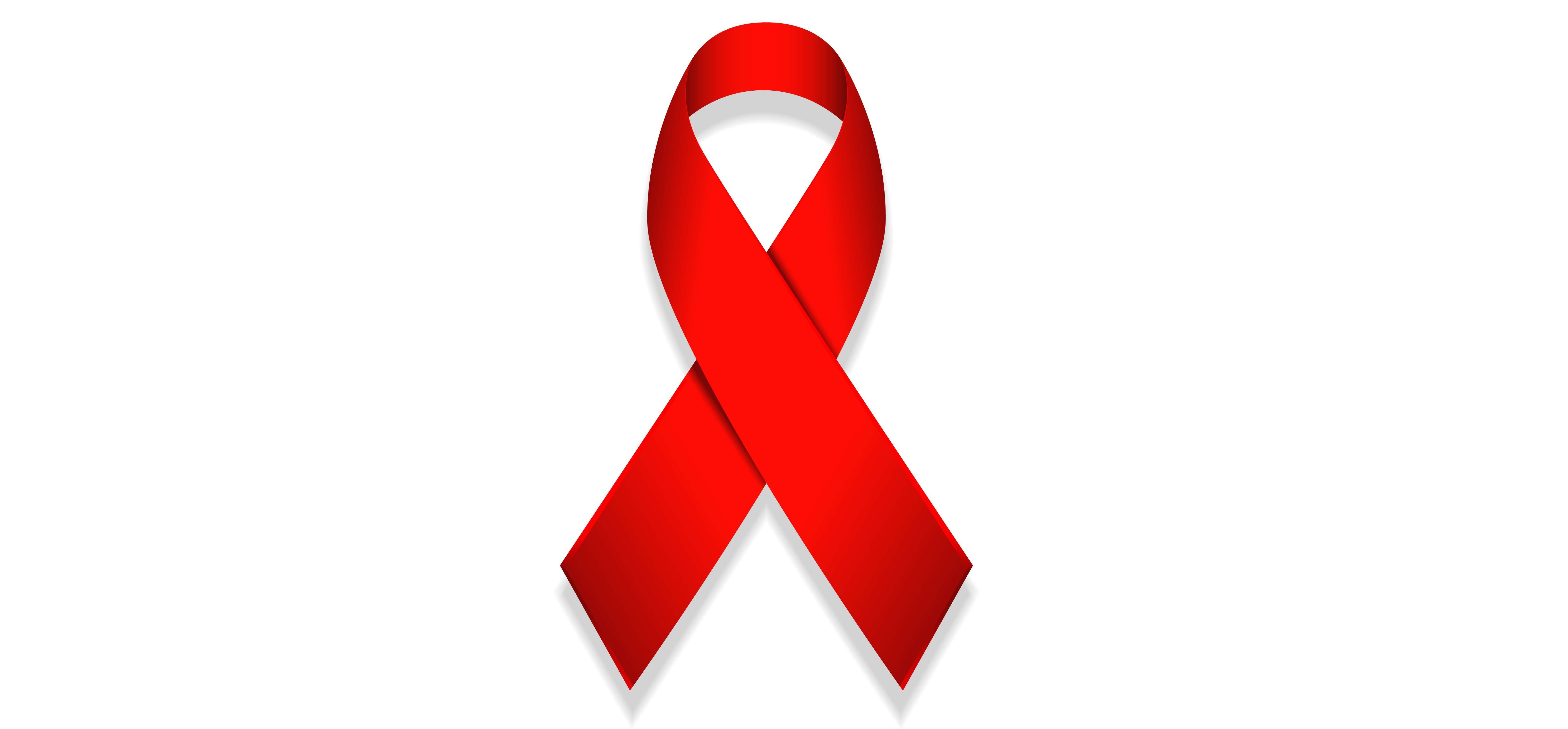
What is AIDS, really?
Historic review:
The Acquired Inmune Deficiency Syndrome (AIDS) is a widely known and feared disease that has received a lot of mediatic exposure since the 80's. The purpose of this article is to elucidate readers on the aspects of this disease, many of which are probably unknown to the common folk or even, have received false interpretations by the media.
The discovery of this 'entity' took place in the U.S.A during the summer of 1981 by the Centers of Disease Control and Prevention (CDC). There were five cases of previously healthy homosexual men who were going through pneumonia, an infection of the lungs. This infection, while it can be life-threatening, was not what was most alarming of the events. It seemed that the pneumonia was being caused by a fungal microorganism: Pneumocystis Jiroveci. These fungi are opportunistic, which means that they don't normally cause any harm to our bodies, mainly because the enviroment doesn't allow them to reproduce, but under certain circumstances, they can proliferate and cause disease. This fungi was only known to cause disease on the severely malnourished, with lymphomas or leukemia, and thus inmunodeficient. But these men were previously healthy, no malnourishment or lymphoma or leukemia were taking place, so what was allowing these fungi to multiply? That was not known until later that decade, what did become apparent was a defect in the host's inmunologic systems.
The disease was soon recognized on injectable drug users, hemophiliacs, blood transfusion recepients, sexual partners of those with AIDS and children born to mothers with AIDS. In 1983 the Human Inmunodeficiency Virus (HIV) was discovered, and the following year, it was attributed to be the causing agent of AIDS.
A little bit about HIV:
The commonly known as Human Inmunodeficiency Virus is part of the Lentivirus genus and Retroviridae family. There are currently 4 retroviruses known to cause human disease. HIV is actually not just one, but two different viruses HIV-1 and HIV-2, both of which cause AIDS. The first one of the two to be discovered was HIV-1, formerly known as HTLV-3 (HTLV-1 and HTLV-2 are the other 2 retroviruses, in case you were wondering) and is the most common of the two. It is believed that both viruses came from non-human primates!
HIV-1 as previously mentioned, discovered in U.S.A. 1983, has 4 main subtypes: M, N, O, P. Believed to come from chimpanzees and/or gorillas.
HIV-2, discovered in West Africa 1986, has 8 main subtypes which go from A to H. Believed to come from sooty mangabeys.
Epidemiologic information:
Here are some charts and graphics from UNAIDS 2017 databook:
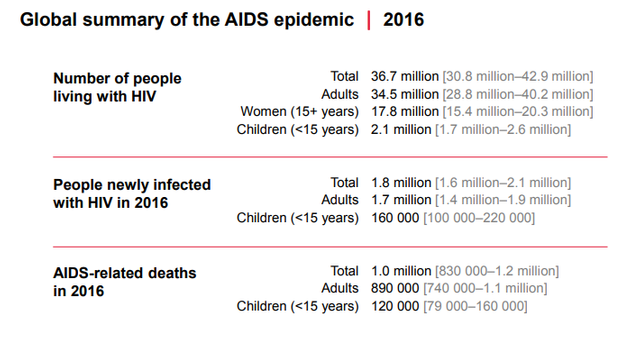
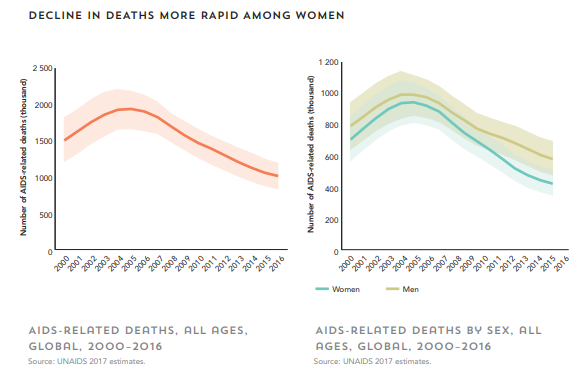
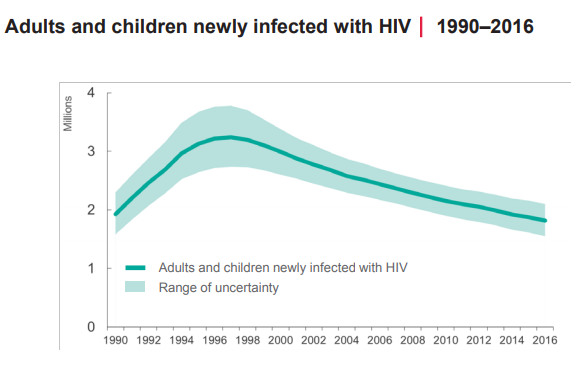
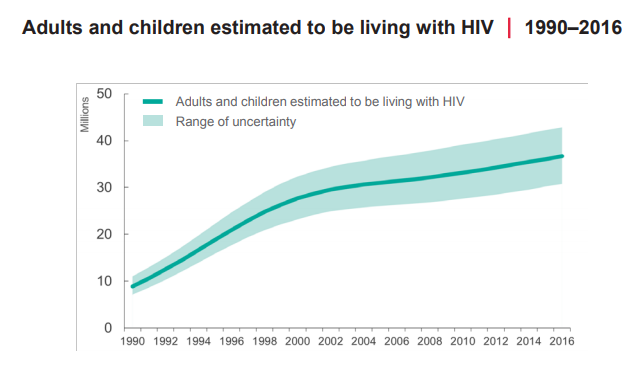
So as we can see, the amount of new infections each year is decreasing. A very important thing to note when reading the last graphic is that, surely the amount of people living with the disease is increasing, but that's actually a good thing in this case, that just means people have higher life expectancy.
What does HIV do to our bodies?
I don't suppose most readers are expecting to get a meticulous explanation of what truly happens in our bodies, so I will give you a diluted explanation. Within our bodies there are several different types of antibodies, lymphocytes are some of them. Among these, theres a very peculiar bunch: T helper cells.
T helper cells have several functions, non of which implies actual destroying of pathogens but you could say they are like the conductor of an orchestra. Every cell in our organism has certain molecules on their surface, and these molecules act as IDs for them. T helper cells have a molecule designated as CD4+ and this molecule serves as the primary receptor for HIV.
There are two mechanism with which HIV causes havoc in our inmune systems, the first one (direct) is by entering our T helper cells, using them as nests and then destroying them to set free the new viruses, lowering our T helper cell count. Due to the infection, our own T cytotoxic cells (CD8+) take part in this by destroying infected T helper cells, which also contributes to decline in these cells. The second one, the indirect mechanism which is basically the aberrant activation of our inmune system due to alterations of our T helper cells.
In the end our bodies become unable to respond to certain pathogens, thus AIDS begins.
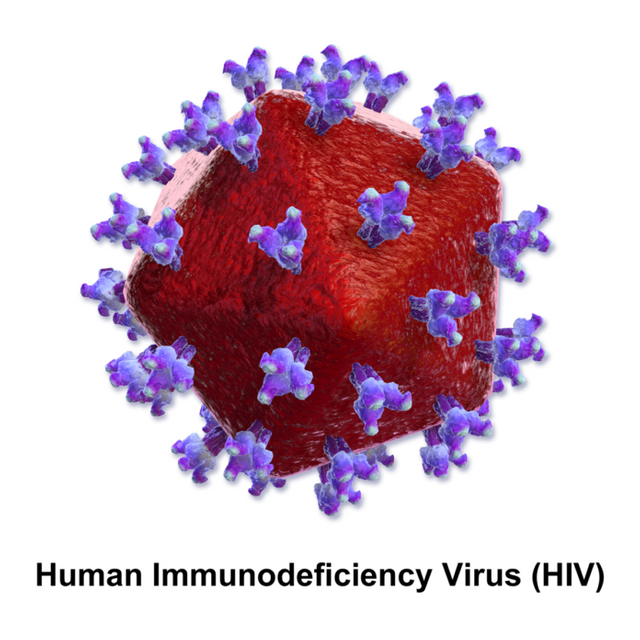
Prevention:
In order to prevent HIV infection, we have our knowledge to protect us.
Here are some statistics showing the likelyhood of acquiring the infection:
ESTIMATED PER-ACT PROBABILITY OF ACQUIRING HIV FROM AN INFECTED SOURCE, BY EXPOSURE ACT
| Type of Exposure | Risk per 10,000 exposures |
|---|---|
| Blood transfusion | 9250 |
| Needle sharing during injection drug use | 63 |
| Percutaneous (needle stick) | 23 |
| Receptive anal intercourse | 138 |
| Insertive anal intercourse | 11 |
| Receptive penile-vaginal intercourse | 8 |
| Insertive penile-vaginal intercourse | 4 |
| Receptive oral intercourse | <4 |
| Insertive oral intercourse | <0,5 |
| Biting, spitting, throwing body fluids, sharing sex toys | neglible, not well documented |
Most of these numbers, I'm sure will help put you at ease! And whats just as important, I want to make clear just how unlikely it is to acquire the infection (yes, blood tranfusions are very likely, but its very unlikely to get transfunded with HIV infected blood, as donors are tested for the virus), there is no need to feel disgust towards those who are infected! Even sexual partners of those infected with HIV, have only 1% yearly infection rates when using condoms.
Additionally, should you think you have been exposed to HIV, talk to your physician about Post-Exposure Prophylaxis (PEP) within 72 hours of the exposure. If you feel that you are in constant danger of acquiring the infection you can also consult regarding Pre-Exposure prophylaxis (PrEP), these consist in taking dosages of antiretroviral drugs to prevent the infection.

Prognosis:
Prognosis for people infected with HIV is actually very bright, if you have the right treatment and healthcare measures. Life expectancy is only slightly lower than that of a completely healthy person. With new research done on the topic each day , I can assure the numbers will only get better!
Sadly, without any treatment life expectancy is around 10 years after the infection and 6-19 months after AIDS diagnosis.
AIDS without HIV?
This article is really about AIDS, not HIV, so the question has to be made! Are there any case reports of AIDS without any evidence of HIV infection? Unfortunately, there is such a thing, gladly, it is not very common, so you can sleep tight knowing you will not (likely) acquire AIDS without first becoming a bad luck brian to acquire HIV.
Before I go
Thank you for putting up with my article, I hope you have learned quite a few things about AIDS. I will also be very thankful if you can comment below so that I can hear your opinions and questions.
I plan to write up more articles about other diseases, if you have any criticisms, please let me know, whether you think its too lengthy, too technical, not technical enough and so on!
References:
- K. (2015). Harrisons Principles of Internal Medicine, 19e. McGraw-Hill. Retrieved February 15th, 2018.
- What Are HIV and AIDS? (n.d.). Retrieved February 15, 2018, from https://www.hiv.gov/hiv-basics/overview/about-hiv-and-aids/what-are-hiv-and-aids
- How Is HIV Transmitted? (n.d.). Retrieved February 15, 2018, from https://www.hiv.gov/hiv-basics/overview/about-hiv-and-aids/how-is-hiv-transmitted
- UNAIDS (2017) databook. Retrieved February 15th, 2018.
- Non-HIV AIDS: nature and strategies for its management, A. G. Bird. Journal of Antimicrobial Chemotherapy (1996) 37, Suppl. B, 171-183. Retrieved February 15th 2018.